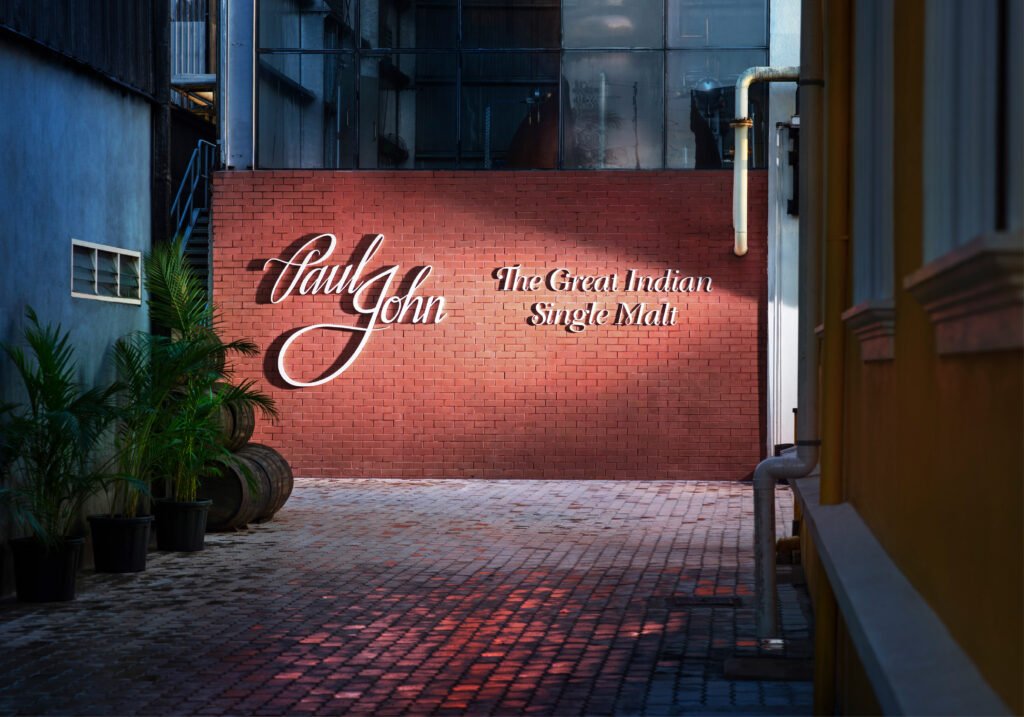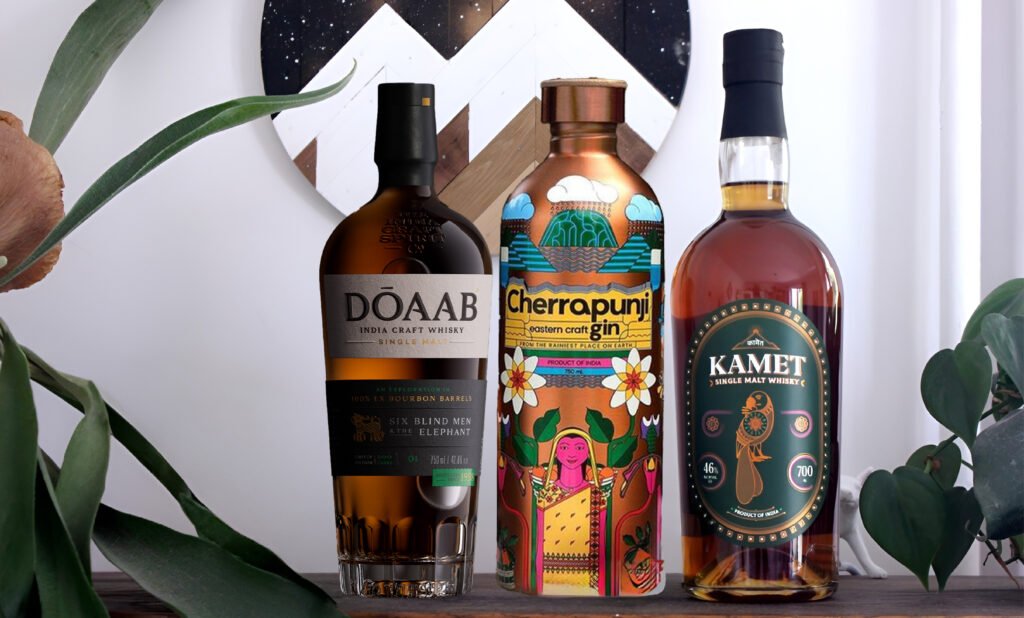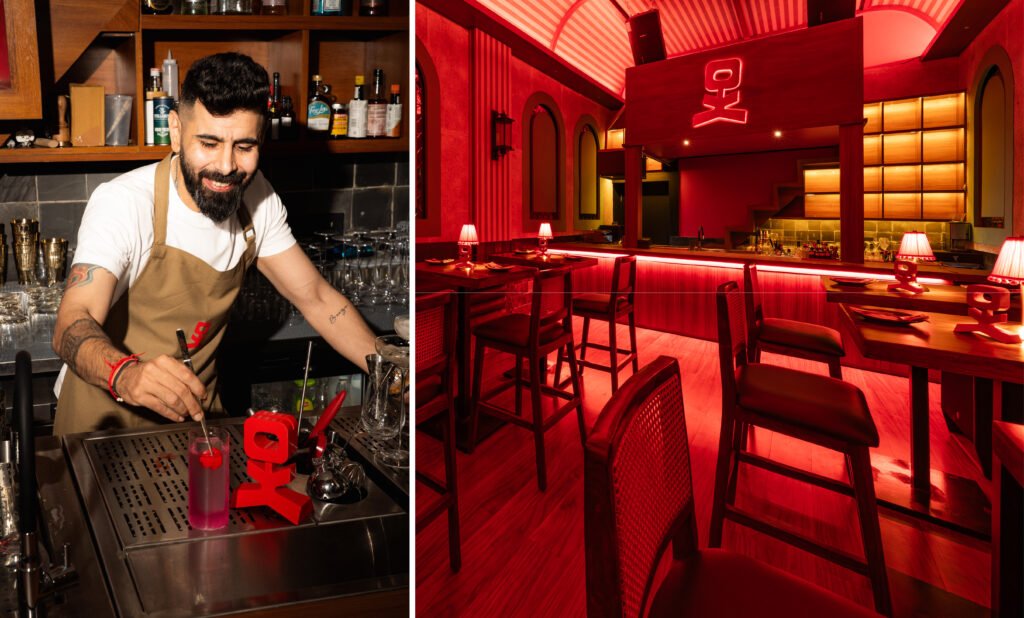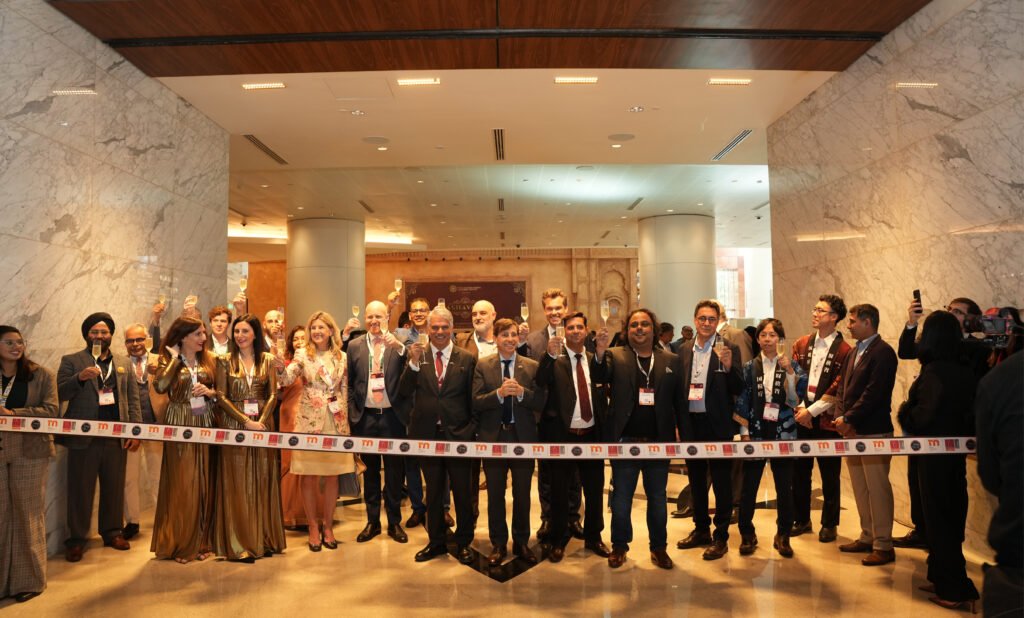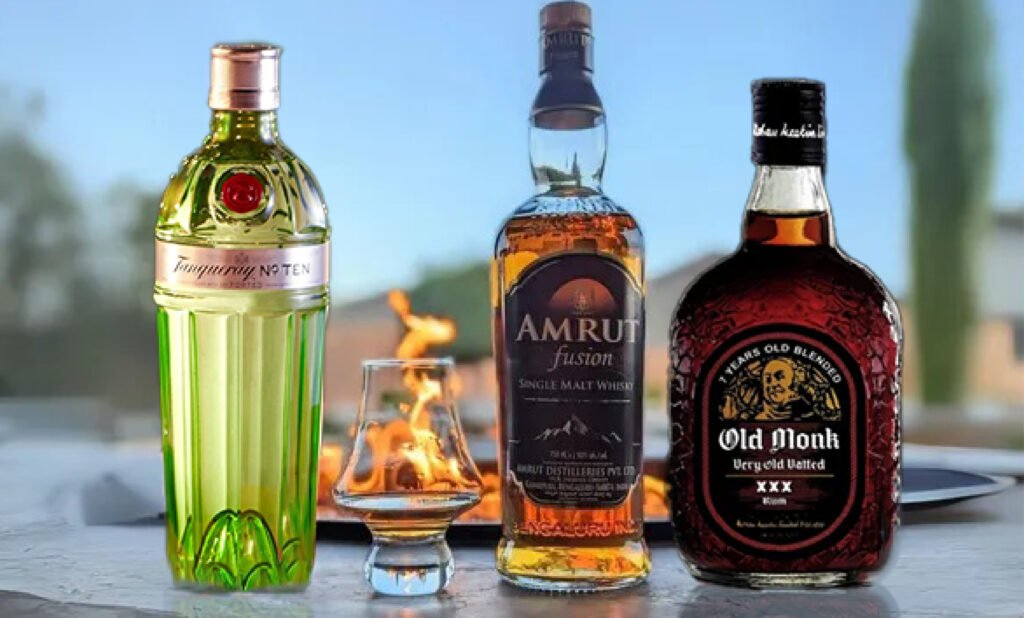In every bottle of whisky lies more than just spirit; there’s craft, feeling, and decades of quiet transformation. Nevertheless, amid the poetry of its making lies a persistent confusion: what really separates a single malt from a blended whisky? The terms themselves often mislead: “single” does not mean whisky from a single barrel but from a single distillery. Blend is a product that combines malt whiskies with grain whiskies from multiple distilleries. Single malts rest patiently in oak and both deliver flavours shaped by time. And with India’s whisky market estimated to grow to 12.8 billion USD by 2033, knowing these distinctions has never been more crucial.
What Defines a Single Malt?
Single malt whisky is defined by its purity and precision. It must be produced in a single distillery, distilled exclusively from 100 per cent malted barley as well as crafted in copper pot stills. Traditionally, the spirit undergoes double distillation in two copper pot stills, concentrating flavours and character. The whisky rests in oak casks, each no larger than 700 litres, for at least three years. Many distilleries usually extend this process to achieve additional depth and maturity. No shortcuts. No additives only permitted plain caramel (150A) colour. No grain whisky. Just pure single malt.
Moreover, the beauty of single malt lies in its uniqueness and craftmanship. Each cask tells its own story. Innumerable factors such as sourcing of malt (peated or unpeated), water source, yeast strain, temperature at various stages from milling, mashing, fermentation, distillation to maturation, cutoff points, shape of copper pot stills, types and quality of oak cask used, craftsmanship of Master Distiller and Master Blender, position of casks in the warehouse, climate etc contribute to the flavour of Single Malt Whisky. Distilleries vat multiple casks together to maintain their house style, but the character of single malt remains closely tied to its origin. Crafting exceptional single malts, India’s iconic Single Malt Whiskies like Amrut, Paul John, Rampur, Indri and Godawan have earned their place on the global stage.
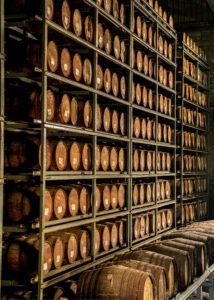
The Blended Whisky Craft
Blended whisky highlights a different yet pivotal tradition. It unites malt whiskies with grain whiskies that are made from corn, wheat, rye or unmalted barley. Unlike single malts, blends can draw from multiple distilleries, and the distillation process is flexible, with single, double, or even triple distillation possible. Similarly, blended whiskies have no strict cask requirements and can use various types of wood to achieve the desired flavour profile.
Major General Dr. Rajesh Chopra On The Future Of The Indian Malt Whisky Association
This kind of flexibility helps blenders to achieve consistency and balance at scale. While grain whiskies bring smoothness, malt whiskies add complexity. The result may lack the raw individuality of a single malt. However, it offers harmony and approachability, which in turn, makes it a popular choice for cocktails and everyday enjoyment.
Flavor and Experience
Single malts are often described as bold, layered, and complex. Only oak may cradle the spirit, whether new or reused. From ex-bourbon casks come vanilla and caramel; sherry casks bring depth and warmth; wine casks offer a fruity, elegant touch. Indian distillers distinguish themselves by blending local ingredients with traditional whisky-making. Using six-row barley and benefiting from a tropical climate that accelerates maturation, these single malts develop rich complexity much faster than Scotch. Each distillery creates a unique flavour profile, characterised by distinct and complex notes ranging from smoky to sweet and spicy.
Blended whiskies, by contrast, are built for consistency. These are distilled using either copper pot or column stills. Any type of cask may be used, allowing for a wide range of flavour profiles, from smooth and mellow to rich and complex, created by skillfully blending different whiskies.
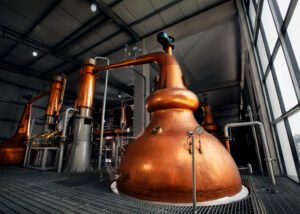
Choosing Without Confusion
At its heart, the distinction between single malt and blended whisky is not about superiority but about intent. Single malts are the distillery’s purest expression. They are bold, complex, and tied to place. Contrarily, blends are feats of balance. They not just ensure approachability but also consistency and versatility on a global scale. To the discerning palate, the label is just the beginning. What matters is the journey. From smoky Islay malts to sherry-aged Indian single malts or smooth blended Scotch, each expression is a story in a glass.
India’s Whisky Renaissance
India is rewriting the global whisky narrative. From Amrut’s globally celebrated Fusion to the award-winning Brilliance by Paul John and the bold innovation of Indri Dru, Indian single malts are rewriting expectations. Rampur Asava and Godawan 100 have also earned top honours, affirming India’s place on the global whisky map. Born of six-row barley and matured under tropical skies, these whiskies reveal rich, spicy, plus fruity depths that distinguish them from lighter Scotch expressions.
Consumer demographics further underline this shift. Younger drinkers aged 25–35 now drive nearly 45 per cent of single malt consumption. On the other hand, women account for 64 per cent of the novel growth. With premiumization on the rise, whisky is no longer just about legacy labels but about discovery and pride in homegrown craftsmanship.
Two Traditions, One Legacy
The timeless appeal of whisky lies in its ability to be both deeply personal as well as universally appreciated. Single malts and blended whiskies take different paths. While one honors individuality, the other celebrates balance. But together, they accentuate the spirit’s exceptional depth. As India gains global recognition, consumers are engaging with whisky on deeper levels, celebrating its variety with a new sense of clarity and pride.
Attributed to: Maj Gen (Dr) Rajesh Chopra, AVSM (Retd), Director General, Indian Malt Whisky Association

